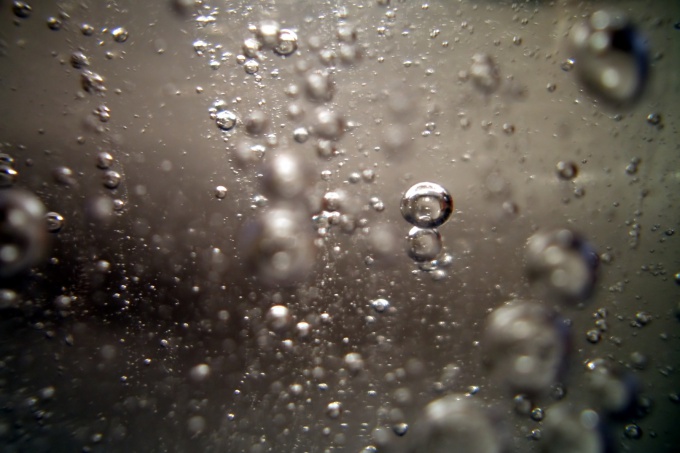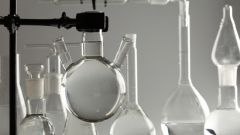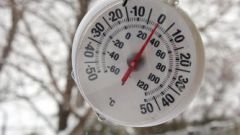You will need
- The equation of Clapeyron-Mendeleev equation of van der Waals
Instruction
1
Consider first an ideal gas with pressure p, occupies a volume V. the Temperature, pressure and volume of gas connects the equation of state or ideal gas equation of Clapeyron-Mendeleev. It looks like this: pV = (m/m)RT where m is the mass of gas, M is its molar mass, R is the universal gas constant (R ~ 8,31 j/(mol*K). Thus m/M is the amount of substance of gas.
Therefore, the equation of Clapeyron-Mendeleev can also be written as: p(Vm)=RT, where Vm is the molar volume of gas Vm = V/(m/m)= VM/m. Then the gas temperature T can be expressed from this equation: T = p(Vm)/R.
Therefore, the equation of Clapeyron-Mendeleev can also be written as: p(Vm)=RT, where Vm is the molar volume of gas Vm = V/(m/m)= VM/m. Then the gas temperature T can be expressed from this equation: T = p(Vm)/R.
2
If the mass of gas is constant, we can write: (pV)/T = const. From here we can find the temperature changes of the gas when you change other settings. If p = const, V/T = const - the law of Gay-Lussac. If V = const, then p/T = const - the law of Charles.
3
Let us now consider the model of real gas. Equation of state for real gas is called the equation of van der Waals forces. It is written in the form: (p+a*(v^2)/(V^2)) (V/v)-b) = RT. Here, the amendment reflects the strength inthe pull between the molecules, and amendment b - a repulsive force. v - is the amount of substance of gas in moles. The rest of the values correspond to oboznacheniya in the ideal gas equation of state.
Therefore, from the equation of van der Waals the temperature T can be expressed as: T = (p+a*(v^2)/(V^2)) (V/v)-b)/R
Therefore, from the equation of van der Waals the temperature T can be expressed as: T = (p+a*(v^2)/(V^2)) (V/v)-b)/R



